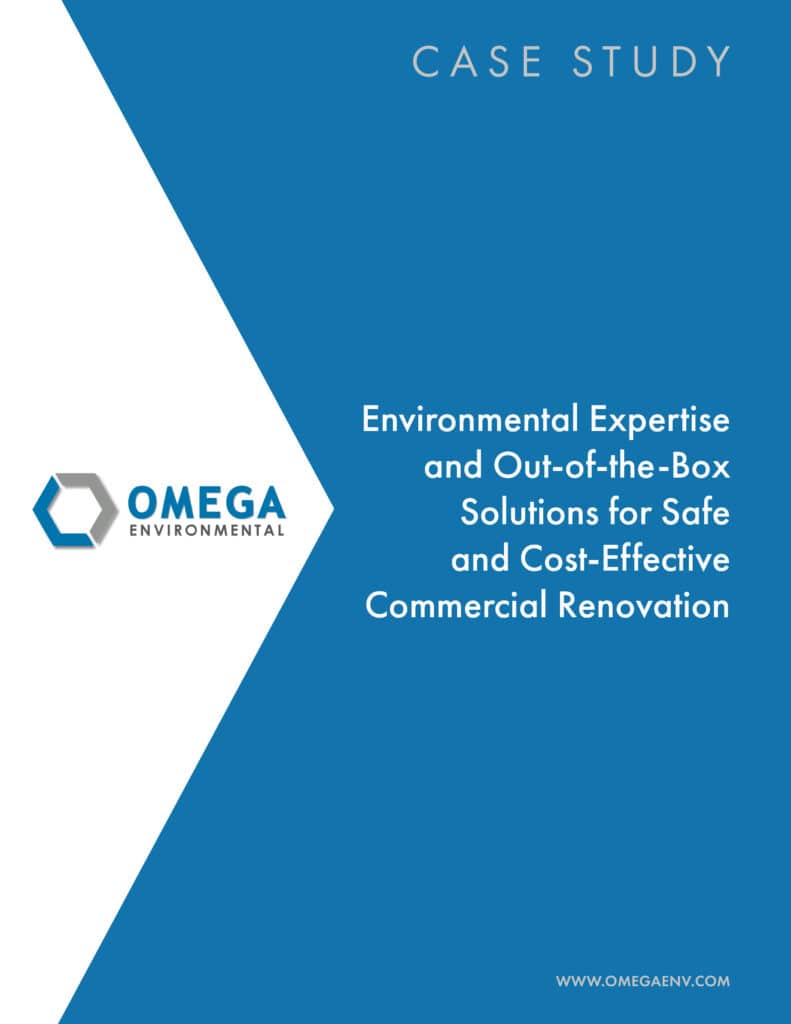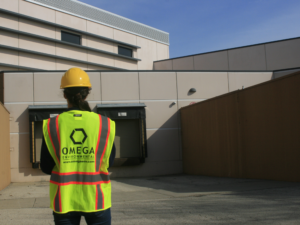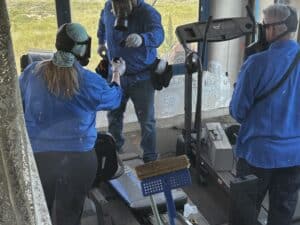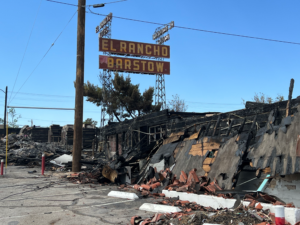Do You Need an Environmental Assessment? Issues that Require a Closer Look

If you’re getting ready to renovate a building that went up in the era of asbestos fireproofing or located on or near suspected soil or groundwater contamination, a thorough environmental review is a practical step and probably a legal requirement as well.
“A thorough environmental assessment is one of the most important and cost-effective investments you can make.” -Omega President and Project Director Steve Rosas
California has strict requirements and diligent enforcement of environmental regulations and in many cases, an environmental assessment is required by law, or is a permit condition. Likewise, banks and other lenders, insurance companies and even prospective buyers may require an assessment as a condition of agreeing to lend, insure or purchase a property.
But there are other circumstances where an environmental assessment can be just as important to the safety and success of your project, regardless of regulatory or business obligations.
8 Environmental Threats to the Safety and Success of Your Project
The first step is knowing what you need to know.
“A thorough environmental assessment is one of the most important and cost-effective investments you can make,” said Omega President and Project Director Steve Rosas. “Assessment can head off bigger problems and safety issues down the road and make it much easier to keep your project safe, on-track and on-budget.”
Here are eight potential threats that warrant a closer look.
Asbestos Drywall & Floor Tiles
Most people associate asbestos contamination with the fireproofing on structural steel used routinely in construction before 1980. This type of asbestos typically creates the greatest hazard because it is more likely to be broken into fragments that shed fibers into the environment and become airborne. Depending on the project or condition of the property, you may also be responsible for removing or managing asbestos-containing tiles, wall board and many other asbestos-containing materials that were still used in construction for more than a decade after other asbestos-containing materials were discontinued due to potential health effects. A thorough asbestos assessment will tell you what you need to know.
PCBs (Polychlorinated Biphenyls)
Often used in the capacitor within the fluorescent light ballast located at the base of light fixtures installed in the 1950s, 60s and 70s, PCBs are also found in other construction materials used until about 1979. These materials are carcinogenic and pose serious environmental concerns. Failure to remove materials that contain PCBs can expose a property owner to steep fines and litigation. Assessment and sampling for PCBs can significantly reduce health risks and liability.
Mold & Moisture
Even if you do not see actual mold or mildew, visual evidence of a leak or other water intrusion can be a sign that further investigation is needed to evaluate the potential for mold growth and the extent of water damaged building materials. A mold and moisture assessment is a critical step to prevent fast-growing mold and mildew.
Learn more in our whitepaper: Moisture, Mold and Asbestos Containment Effort Put a Renovation Project Back on Track
Sewer Gas
Pockets of hydrogen sulfide known as sewer gas, released from aging or poorly maintained sewer lines, drain lines, clogged plumbing traps, or blocked vent stacks can create an acute reaction to anyone exposed and can be fatal at elevated concentrations. Unless you can trace it to someone’s forgotten lunch bag, the persistent odor of rotten eggs should be investigated.
Sick Building
Building occupants’ clustered complaints of nausea, headaches, or other physical symptoms, sometimes at a certain period of time each day, should be investigated to ascertain the possible source.
Indoor Air Quality
A newly emphasized concern due to the airborne spread of the COVID-19 virus, indoor air quality assessment has numerous benefits for preventing and mitigating problems. It can also be an important confidence builder for employees returning to the workplace. Poor indoor air quality can be a source of viral spread, allergens and more. A simple adjustment of the percentage of recirculated and outside air may resolve issues. Other buildings, like those containing asbestos, may need annual or bi-annual assessments to ensure that asbestos fibers have not become airborne. Unresolved air quality issues may require testing for chemical agents releasing vapor into the indoor environment.
Additionally, vapor intrusion may migrate (volatile organic compounds (VOCs) or chemicals) from contaminated groundwater or soil intruding into an overlying building’s indoor air through cracks in the foundation or other openings like utility or sewer lines.
Chemical Handling & Storage Compliance
Both California and the EPA have many strict requirements around the proper storage, handling, and disclosure of chemical compounds in use or in storage. An assessment can ensure that you are in full compliance and not at risk of expensive and time-consuming compliance headaches.
Industrial Hygiene
Hazardous and unhealthy workplace conditions are the focus of an industrial hygiene assessment. Examples include exposure to hazardous chemicals, noise, lighting or temperatures. A thorough assessment can identify the source of hazards and the best steps for eliminating them through administrative or engineering controls or personal protective equipment.
The Right Partner for Environmental Assessment
At Omega Environmental, we have decades of experience in conducting environmental assessment, remediation and decontamination, and expertise in the safe removal and management of environmental hazards in a wide variety of commercial, industrial and government settings including colleges, military bases, office buildings and historic preservation sites.
We partner with property managers, construction and engineering firms, and state, local and federal environmental officials to ensure safety and compliance. Contact us to learn more about how we can help your project move forward safely, cost-effectively and without unnecessary delays.










